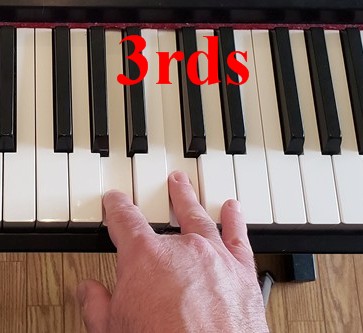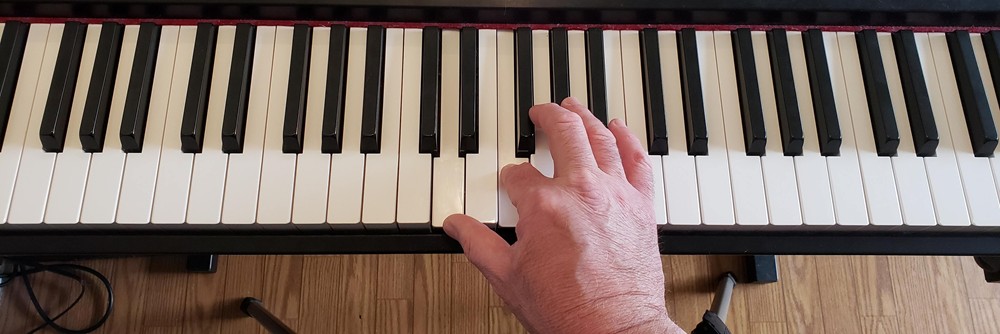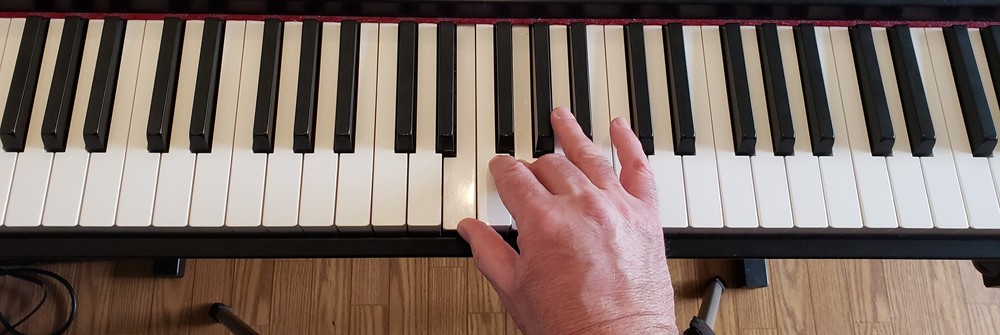The following two tabs change content below.


Greg Lee
Hi, my name is Greg Lee. I'm the creator of the Color Score Professional/Visual Chord Learning System. I love to share ideas and concepts about piano and keyboard playing in all styles of music. I believe the key to learning is having fun and making complicated things simple with visual tools and illustrations.
Latest posts by Greg Lee (see all)
- What is a minor/Major 7 Chord? - October 26, 2023
- 7 Chord Substitutions that Professionals Use - October 19, 2023
- 5 Simple Chord Tricks to Sound Amazing - October 5, 2023


 melody notes that last for one or more measures?"
melody notes that last for one or more measures?"













 With this melody scenario, harmonizing it in 3rds would look like this:
With this melody scenario, harmonizing it in 3rds would look like this:




